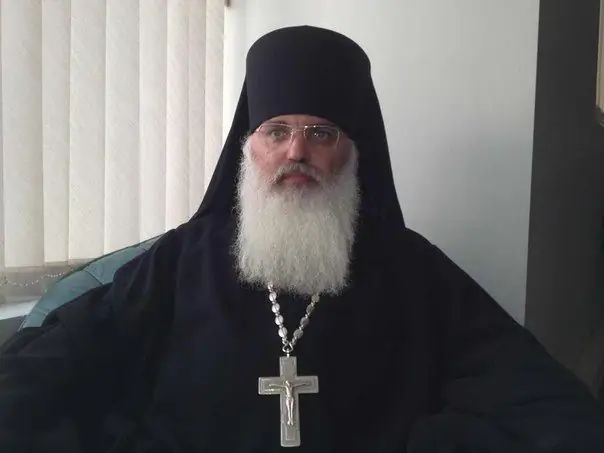- Author Antonio Harrison [email protected].
- Public 2023-12-16 07:44.
- Last modified 2025-01-22 21:44.
In the Christian Orthodox tradition, there are two types of clergy: white and black. The first is understood as the clergy who are married, and the second are those who took monastic vows.

Hieromonks in the Orthodox Church are priests who have taken monastic tonsure. A priest in the church tradition is called a priest. Accordingly, a priest-monk is a hieromonk.
One can become a hieromonk both immediately upon being ordained to the priesthood, and after several years of service as an ordinary priest. For example, if a person came to a monastery as a layman and stayed there to ascend, then at first he is a laborer, a novice, then he can become a monk. Then he takes monastic vows, takes vows of celibacy, obedience, non-acquisitiveness. The one who accepts monasticism puts on a kind of angelic image. Ordinary monks can be ordained to the priesthood. A priest who was already a monk before the moment of ordination automatically becomes a hieromonk.
There are other cases as well. For example, a priest belongs to the white clergy, that is, he is a married man. If suddenly he remains a widower, being in the priestly dignity, then the priest can take monastic vows. After ordination, it is no longer possible to marry, therefore widowed priests most often take the vows of monasticism. Thus, it turns out that a priest who has taken monastic tonsure will already be called a hieromonk.
It is also necessary to say that the hieromonk is the first degree of the priestly ministry of the black clergy. For length of service or special merits, hieromanachs are given the rank of abbots. Abbots of monasteries can also be called abbots and archimandrites.
A distinctive feature of the vestments of a hieromonk is a headdress - a monk's cowl and a monk's robe.
If a hieromonk is glorified as a saint, then a person belongs to the monastic order of holiness. That is, to the monks who have acquired special divine grace.

